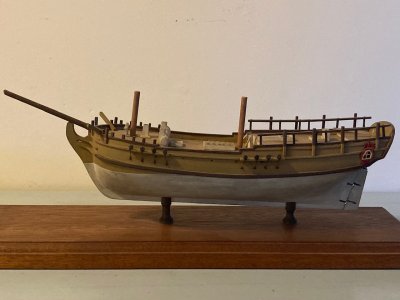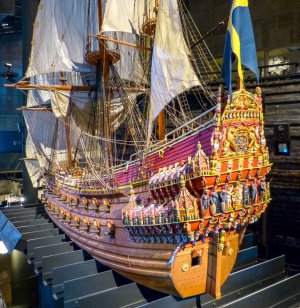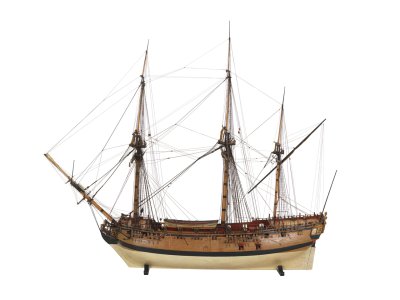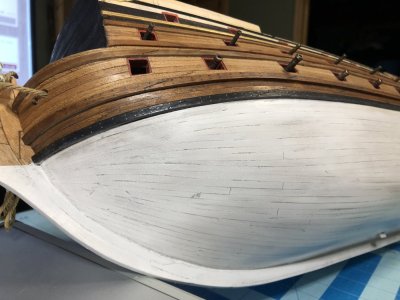- Joined
- Sep 21, 2023
- Messages
- 9
- Points
- 33

Ahoy there mateys!
I'm still gathering information on the colouring of the Was ship.
I have the basic wood colour sprayed onto the hull and decks as well as the red. I've also drilled out ALL of the holes in the deck and forebeak gratings.
I'm wondering if the Was was painted WHITE below the waterline? Does anyone here know?
Cheers
I'm still gathering information on the colouring of the Was ship.
I have the basic wood colour sprayed onto the hull and decks as well as the red. I've also drilled out ALL of the holes in the deck and forebeak gratings.
I'm wondering if the Was was painted WHITE below the waterline? Does anyone here know?
Cheers










